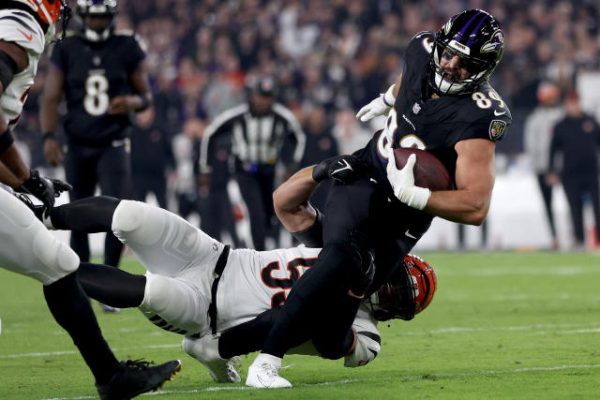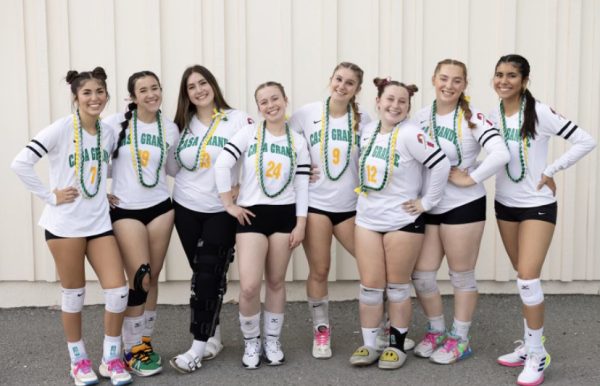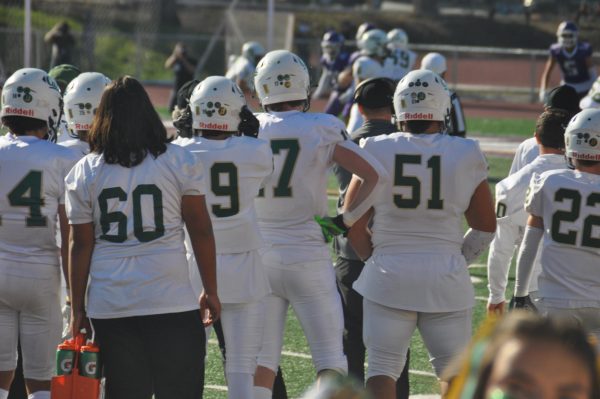Overcoming the Risks
Student athletes are passionate individuals who display the utmost strength and determination, stopping at nothing to improve their skills and compete to the best of their abilities. These students, no matter how much they train, may experience shortcomings in their athletic careers, including injuries and disabilities ranging from physical handicaps and disfigurements to Asperger’s syndrome, autism, and diabetes. One in five people have some type of physical disability in the United States, and another one in five people have a mental illness/disability. Medical handicaps are not uncommon, but for student athletes facing such conditions, there is an added level of difficulty; constant physical activity can put students with disabilities at a significantly greater risk. Scrutiny and restrictions may be placed upon such students because of this, but for those who are especially dedicated to their sport of choice; the question remains: what’s to stop them from playing a sport and doing what they love?
Ultimately, the question boils down to one central issue: students’ safety. Athletic trainer and sports medicine teacher Heather Campbell shares her experience with assessing the well-being of student athletes.
“The hardest part is when you have to tell someone they can’t play. That’s the worst. I am going to do whatever I can, but my number one thing is their safety. My number two thing is to do whatever I can to get them to play,” said Campbell.
Basketball player and senior Katherine Silveira was hospitalized her sophomore year due to a brain infection, encephalitis, and has since been diagnosed with NES (nonepileptic seizures). Silveria reflects on one of the first times she experienced a seizure and how she has overcome the risks and unknown factors surrounding her condition.
“My first seizure was at one of my first [basketball] open gyms. I didn’t really want to stop playing; I just knew it was something I had to deal with. The seizures I have aren’t dangerous unless I stop breathing, and that’s a small risk, so what’s to stop me from playing if the seizures don’t hurt me?” said Silveira.
While much of the students’ experiences are their personal ordeals, a considerable portion includes the reactions, support, and inclusiveness from others. Campbell speaks on the understanding and acceptance of the district and the school in regard to athletes with disabilities.
“I don’t see [the school district] ever telling someone they can’t play something because of a disability. We’ve had kids on the football team who have had Asperger’s syndrome, high functioning. We had a student who had high functioning autism. As long as you have been medically cleared by a physician and have a doctor’s note, no one is going to tell you you are not going to play. Our school and our district as a whole is extremely inclusive,” said Campbell.
Silveira shares her own experience with others’ responses.
“Most people have been really supportive, but my sophomore year, one of the former coaches said I was a timesuck and that I shouldn’t be allowed to go outside, or shouldn’t be allowed to go to school because I was a liability. That word—I think I’ve been told [I’m a] liability more than anything else, from this school and from the sports here. Admin, sports, everybody has said ‘She’s a liability, she’s not allowed to play,’” said Silveira.
The key to conquering a disability, comments Campbell, is finding a solid source of support.
“Find someone you trust that can help you work through those feelings. Whether it’s me, a teacher on campus, a parent, your friends, somebody like that. The way our world is right now, anything is possible,” said Campbell, “One of the nice things is that we are really an inclusive environment. We have created an atmosphere here that people shouldn’t be afraid to try everything.”












